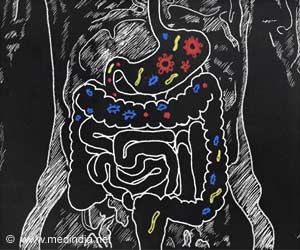
‘A new model model was found which helps to predict the effectiveness of microbiome therapies that can produce the desired immune response in the treatment of inflammatory or allergic diseases.’
Tweet it Now
Introduction of therapeutically potent bacteria into patients with infections or metabolic diseases is an emerging approach with great promise. But there are two challenges standing in the way of its success. First, the bacteria must be able to set up home alongside the already resident microbes. Second, in the context of autoimmune diseases, they must stimulate a range of immune responses that dampen down unwanted inflammation. This study focused on stimulating one such group of immune cells called regulatory T-cells, or Tregs.Single bacterial strains are less effective than groups of different strains. But testing the huge number of potential bacterial combinations experimentally simply isn't feasible.
"In previous work, our collaborators and paper co-authors identified 17 different strains of bacteria that can generate the required immune response, but determining the best combinations from these strains would need more than 130,000 independent experiments," explains senior author Professor Vanni Bucci, Assistant Professor at the University of Massachusetts at Dartmouth, USA.
"The goal of this study was to develop a mathematical model to rapidly and systematically select groups of bacteria that would optimally produce the desired immune response."
The team built a model using published and newly generated data showing which bacterial strains were most efficient at colonizing the gut and at stimulating Treg cells in germ-free mice, both individually and together. They then combined this model with another that predicts the growth and expansion of bacterial colonies in mice over time.
Advertisement
To measure the model's accuracy, they tested five different four-strain combinations of bacteria in germ-free mice. They found that the bacterial combinations with the highest scores predicted by the model not only stimulated immune cells more potently, but also colonized more stably the gut - proving the value of including both measures in the model.
Advertisement
"To our knowledge, this is the first model that allows for the simultaneous prediction of the dynamics of both the microbiota and the immune response. It can be considered a stepping stone to the development and rational design of microbiome therapies."
Source-Eurekalert










